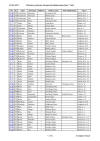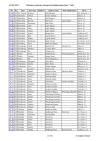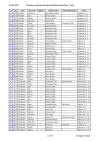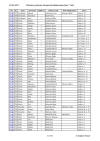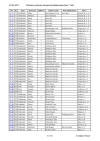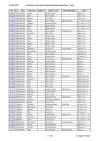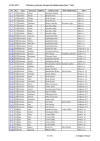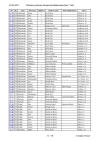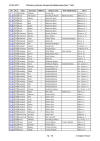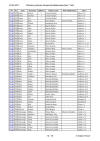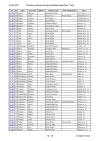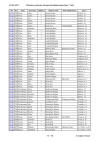The Ministry of Interior issued the order 6136/1944, dated 4th April 1944, according to which, all the local authorities had to prepare a list of all Jews living in their communities. The decree was published extraordinarily in the search for wanted persons section on April 5, instructing all mayors and community leaders to collect from all Jewish organizations a list of members and to present four copies of that list at their respective Town Halls within 48 hours. Similar orders had been issued all over the country, to “list all Jewish persons and family members,” including the name, place of residence, mother’s name of the individual, and again to provide four copies. The decree did not mention the intended purpose of the list, nor a precise definition of who was considered to be Jewish. Between the 8 and 12 April 1944, such lists have were prepared all over the country and by the 15 April, one of the copies reached the Gendarmerie Commands. Another one of the four copies remained in the hands of the local Jewish leadership (later the Judenrat). One copy was sent to the District Offices and one to the Ministry of the Interior in Budapest. These lists were later used to register Jews entering the ghettos and for the rationing of food. The vast majority of the lists have been lost or destroyed since the war. Among the few exceptions where the lists were preserved, is Debrecen, Centre of the VI. Gendarmerie District and IV Deportation Zone, which include the counties Békés, Bihar, Csanád, Hajdú, and Szolnok, so the lists of Békéscsaba’s Neolog and Orthodox Jewish communities have also been preserved. The list of the Neolog community features 1,237 people, while the Orthodox community registered 812.
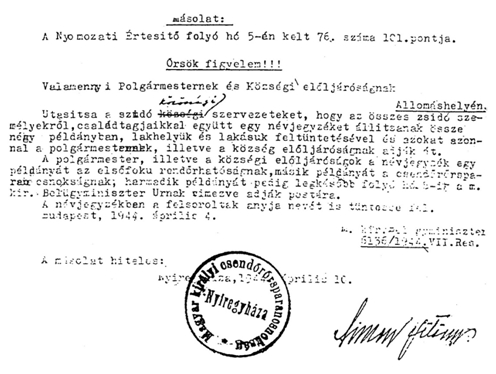
Neolog Jewish Census / Jaross List
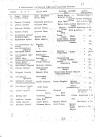
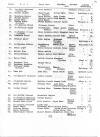
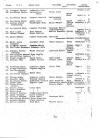



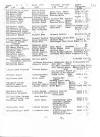
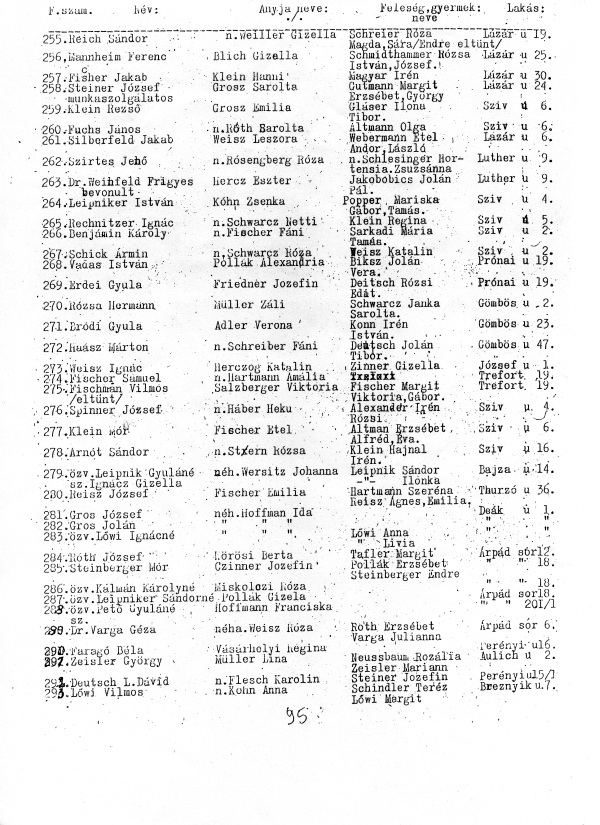
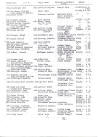
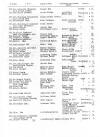
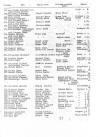
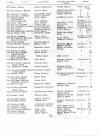

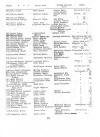
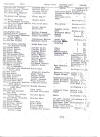

Neolog Jaross EXCEL lista szortirozva / alphabetically sorted













































Orthodox Jewish Census / Jaross List
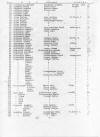

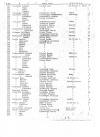
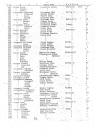
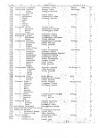
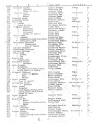



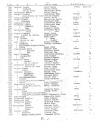
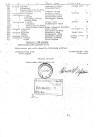
Orthodox Jaross EXCEL lista szortirozva / alphabetically sorted
